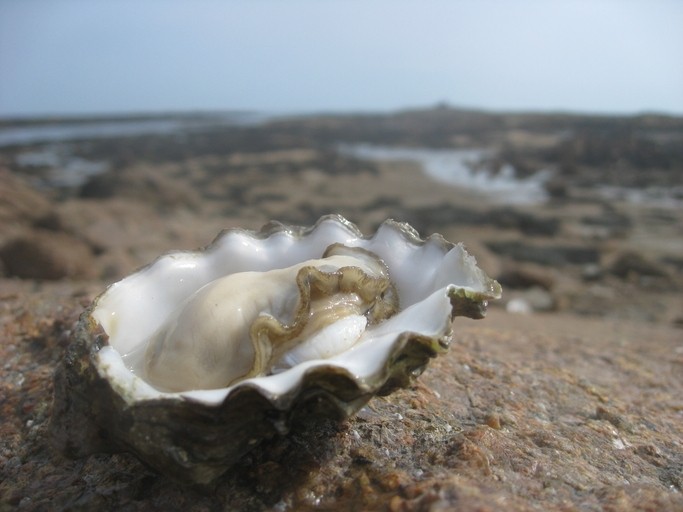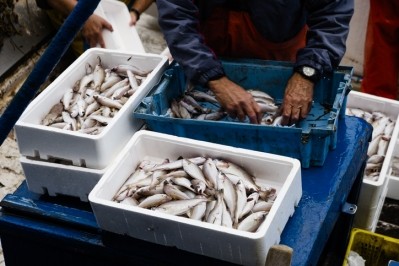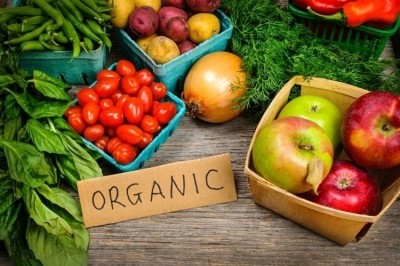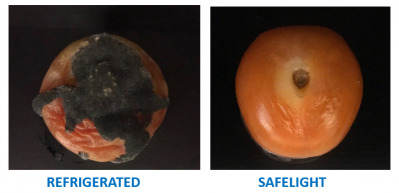Aw shucks! Oysters in Myanmar contaminated with human bacterial pathogens, plastic and baby formula

An international team of researchers from USA, Australia, Monaco and Myanmar identified more than 5,000 human pathogens and more than 1,000 microdebris particles in seawater and oysters from the eastern Andaman Sea of Myanmar.
People living in the rural but densely populated coastal regions in Myanmar depend on artisanal fishing for livelihoods, however with rapid development and coastal urbanisation, comes agriculture and human pollution.
More than half of the pathogens were found to be detrimental to human health, and as oysters are typically consumed raw and whole, the findings highlight the importance of wastewater management not only for the region, but globally.
The findings were published in Science of the Total Environment, Elsevier.
Sample collection and analysis
The study covered the areas from Myanmar’s Mergui Archipelago, situated near Myeik city with a population of over 250,000.
Researchers collected samples of seawater, sediment and oyster gill tissues to analyse for human bacterial pathogens, and the same for microdebris analysis, except using whole oyster tissue this time.
Gill tissues were used as researchers said it was an entry point for pathogens into the oyster’s body.
The researchers detected 5,459 human bacterial pathogens belonging to 87 species in all three types of samples via DNA-sequencing. Half of the number of pathogen species (44) were found in oyster gill tissues and often associated to foodborne illness, such as Clostridium perfringens, Collinsella aerofaciens, and Bacillus coagulans.
In terms of microdebris contamination, researchers used infrared spectroscopy and analysed 1,225 contaminants across the three types of samples, coming from 78 materials. The predominant microdebris contaminants found in oyster tissues included polymers (48%), followed by non-native minerals (20%), oils (14%) and milk powders (14%).
One of the authors, Joleah Lamb, assistant professor of ecology & evolutionary biology at University of California, Irvine (UCI) said: “While 48% of the microparticles were microplastics, a finding representative across numerous ocean ecosystems, many other particles were not plastic and originated from a variety of human-derived materials that are constituents of fuels, paints and cosmetics.”
Many plastic particles carry toxins such as dichlorodiphenyltrichloroethane (DDT), polychlorinated biphenyls (PCBs) and bisphenol A (BPA), that subsequently enter the ocean and marine food webs, and can eventually be transferred to people through food. Researchers said the uptake of microplastics in the marine environment could have far-reaching consequences for human consumption of seafood and can be an emerging risk to public health globally.
The large proportion of milk formula particles found in this study was of particular interest, suggesting a direct faecal-oral link between human waste and sewage making its way back into the food chain, potentially elevating the risk of contamination or disease transmission.
According to the United Nations Children's Fund, Division of Data Research and Policy (UNICEF) (2019), less than one-quarter of all children under six months in Myanmar are exclusively fed breast milk, highlighting extensive use of milk formulas.
Global implications
Researchers expressed that oysters not only reflect contamination of the environment, but cultural and socioeconomic aspects of their location. The prominence of milk formulas detected in oysters suggest that further work need to be explored on milk powders as a potential persistent organic pollutant.
Overall, the findings revealed that both types of contaminants, pathogens and microparticles reflected the presence of sewage and pollution from human and agriculture sources.
Wastewater treatment in South East Asia was estimated at 14% compared to 100% in North America and 99% in the United Kingdom.
Myanmar’s wastewater situation can have severe implications in the local downstream food sources as well as on a global scale, since more than half of seafood exports come from developing countries.
First author, Raechel Littman, a postdoctoral scholar in ecology and evolutionary biology at UCI commented: “It’s important to keep in mind that much of our seafood is imported from overseas, from places that may be contaminated, emphasising the importance of both adequate testing and improvements to coastal water quality worldwide.”
Source: Science of the Total Environment, Elsevier
https://doi.org/10.1016/j.scitotenv.2020.139081
“Coastal urbanization influences human pathogens and microdebris contamination in seafood”
Authors: Raechel A. Littman, et al.

















